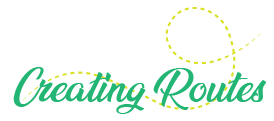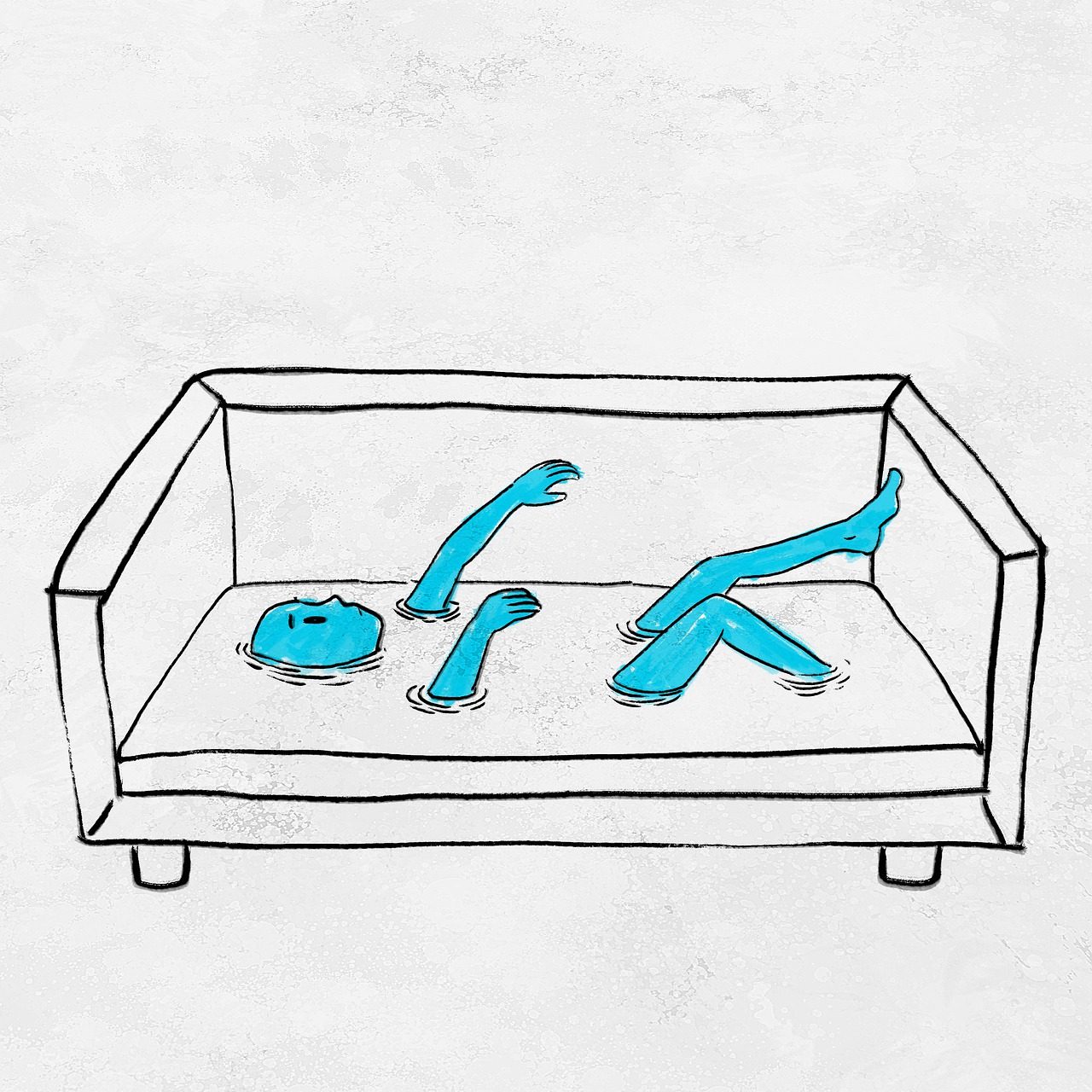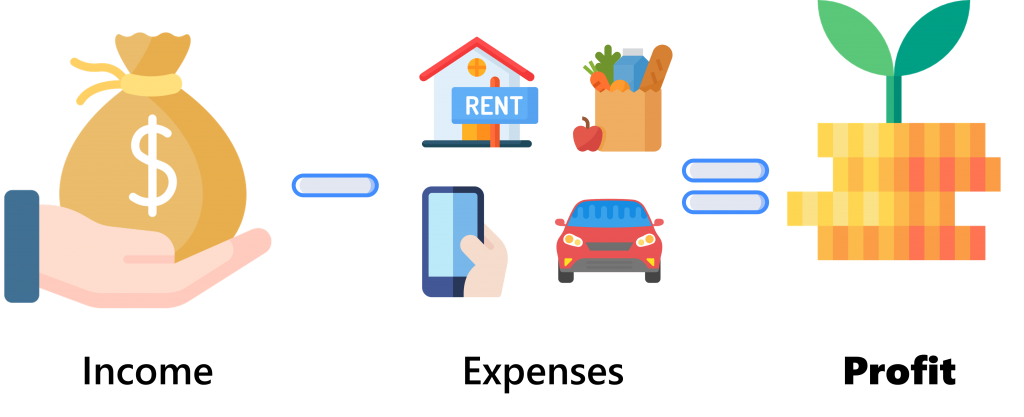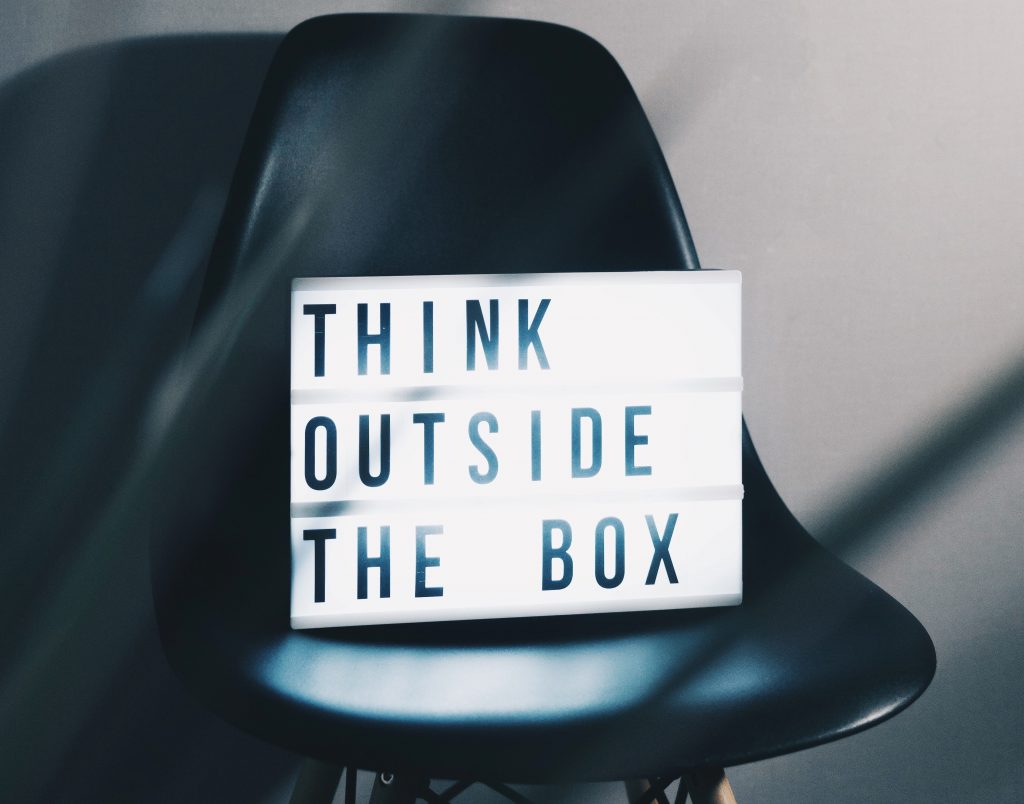“I’ll finish this awful movie, so I’ll get the entire value of the movie ticket that I paid”. We all have been there: Either with food, events, or even study programs.
This way of thinking is called the “Sunk cost fallacy” and after reading this blog post you’ll be the one making your own choices and not the sunk cost fallacy monster.
John’s Journey
Once upon a time there was John, a guy who had just graduated from a traditional study program, he was full of life and ready to start his new job.
Every day he went to his office with all the willingness to do his best even though he started realizing that there was not much growth in the area that he had studied.
One day he realized that his best friend, Bill, was making big bucks and climbing the corporate ladder with ease in another company in a different field: programming.
Because of that, John started getting frustrated and started working harder and harder, but without results because the opportunities in his field were scarce.
Because of that, he started making excuses about having chosen the wrong career and being stuck there forever. He already had a traditional major, therefore, programming was out of his perimeter.
Until finally Bill convinced John that programming was for everybody and people from all different backgrounds were putting aside their majors and entering the coding field.
It was time for John to accept that it was better to let go all those hours and effort spent in his traditional field and move on.
The sunk cost fallacy sometimes makes us stay in things that we might be better off leaving. All because you’re “too invested in something to just quit” or because you’re afraid to be socially labeled as “a quitter”.
There is an easy way out
Once you label your emotions, you’re far more able to control them, according to Daniel Coleman in his book Emotional Intelligence.
And as counterintuitive as it sounds, the decision-making process is emotional, not rational, according to several books, one of them being Emotional Intelligence.
Therefore, just by recognizing that the Sunk Cost Fallacy entered the game in your decision-making process, you’re better able to control it and make decisions more pragmatically.
As Julia Gales said in her Youtube video: At least having the Sunk Cost Fallacy on your radar means that you have the opportunity at least to push past that and make the choice that instead will lead to better outcomes.
Highlights:
- Decisions are made based on emotions.
- Sunk Cost Fallacy disables us from making the choices with better outcomes.
- Forget about being too invested in something.






